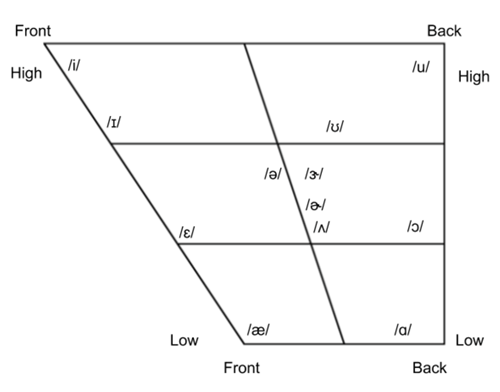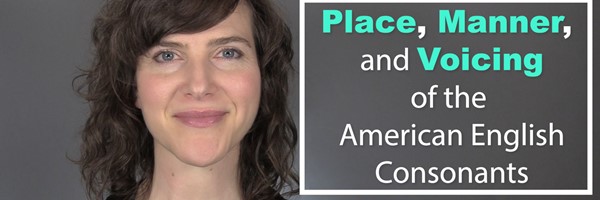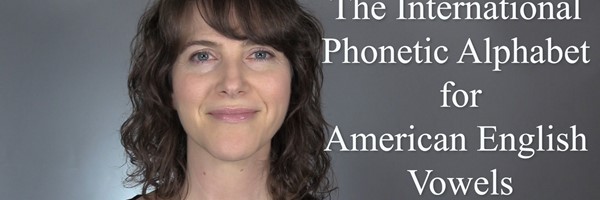I’ve discussed the International Phonetic Alphabet for the American English vowels in a previous video. If you haven’t seen it, I’d suggest going back and watching it before you watch this video.
I want to first give a quick review of the American English vowel system.
Vowels are categorized based on their lip, jaw, and tongue positioning. Some vowels are made with rounded lips and a closed jaw, like the OO /u/ vowel. And some vowels are made with wide lips and an open jaw, like the AH /ɑ/ vowel. So vowels are made by changing the lips, jaw, or tongue positions.
Today I’ll discuss 3 main categories of vowels: front vowels, central vowels, and back vowels. Take a look at the IPA Chart so you can see how the vowels are organized:


The front vowels are made with the tongue at the front of the mouth. This vowel is EE /i/ like in beat - it is considered a front high vowel, meaning the tongue is at the front of the mouth and positioned high in the mouth. The jaw is closed, and the lips are spread apart.
As you go down the vowel chart, the jaw opens up more and more. So the next front vowel is IH /ɪ/, like in bit. This vowel is still made with the tongue at the front of the mouth, but it is a bit lower, and the jaw is a bit lower than EE.
The next vowel EH /ɛ/, like in bet - again is a front vowel, but the jaw is opened even more, and the tongue is pulled lower in the mouth.
And the bottom corner vowel is AA /æ/ , like in bat - the jaw is open, the tongue is at the front and pulled low, and the lips are spread apart.
Next we have the central vowels UH and ER. The UH vowels are these two symbols: /ʌ/ and /ə/. This one (/ʌ/) is the symbol we use when UH is in a stressed syllable, like the word butter. This symbol /ə/ is called the schwa - and we use it when the UH sound is in the unstressed position, like in the word about.
These two symbols (/ɝ/ and /ɚ/) represent the ER vowels. This symbol /ɝ/ represents the stressed ER, like in the word bird, and this symbol /ɚ/ represents the unstressed ER, like in the word mother.
The back vowels are these symbols here: /u, ʊ, ɔ, ɑ/. The first symbol /u/ represents the sound OO, like in boot. It is made with the lips rounded, the jaw closed, and the tongue back and high in the mouth.
And similar to the front vowels, as you move down the vowel quad, the jaw opens more. So the next sound UH /ʊ/, like in book, has some lip rounding and the jaw is opened up a bit more.
Then the AW /ɔ/ vowel, like in caught, in which the lips are less rounded and the jaw opens up even more.
Lastly, the AH /ɑ/ vowel, like in bought - in which there is no lip rounding, the jaw is opened up wide, and the tongue is low and back in the mouth.
Watch my lips and jaw as I say the vowels.
Here are the front vowels: EE, IH, EH, AA
And here are the back vowels: OO, UH, AW, AH
And the central vowels: UH, ER
Thanks for watching! And I'd love to hear from you - contact me to learn how we can work together to perfect your American English pronunciation!



